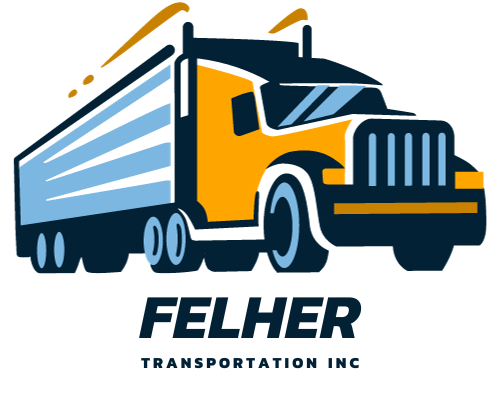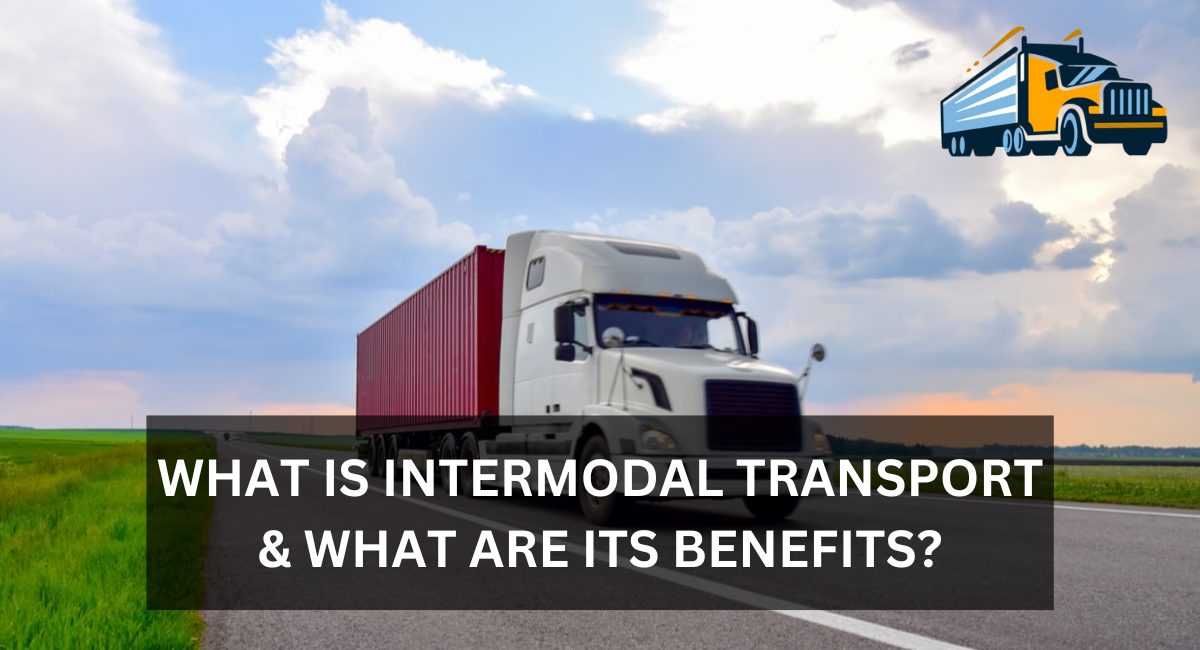Intermodal transport is when four or more different types of transportation are used to move goods. This method of transport is a popular way to move goods. Intermodal logistics basically takes care of normal shipping containers instead of moving goods from one vehicle to the next as they are being moved.
The Growing Popularity of Intermodal Transport
Intermodal freight transport, which makes the most of the flexibility and door-to-door capabilities of road transportation, makes sure that all forms of transportation work together in the best way possible.
Intermodal transport is becoming more and more popular.
Why is intermodal transportation becoming more common now? A lot of different factors have come together to speed up the change from traditional international shipping to intermodal freight movement.
One reason for this is that better systems have made it possible. As a result of improvements to transportation infrastructure, there are now better connections between ports and train routes. This makes it easier to combine different types of transportation. Things are also moving forward with standardizing the legal and governmental processes for moving goods.
Also, planning for intermodal transportation has been made better. As more people want to use this type of transportation, the number of workers who can meet their needs is growing faster than the demand. As the price of fuel goes up, this mode of transportation becomes lighter, at least for long trips.
Costs are lower, estimates of delivery times are more accurate, and handling costs are lower with newer transportation methods that use information and technology.
That intermodal shipping moves more than 25 million containers every year. An study by Technavio of the market says that between 2020 and 2024, intermodal freight transportation will grow by $49.8 billion, which is almost 7% per year.
Who Uses Transport Between Modes?
Intermodal transportation is easy to use because you don’t need tracks to get your goods from one place to another. It’s better to use trains to carry the load while cars make the deliveries at the start and end points.
How far and where you’re shipping are the most important things to think about before you use intermodal freight travel.
Intermodal transport isn’t just for one type of business; it depends on what the shipper wants.
Most of the time, intermodal shipping works best when you’re:
- The total weight is less than 25 tons.
- More than 620 miles to get there
- A lot of transfers happen often and in large amounts.
For the shipment to work well, the numbers need to be on your side. So, if you’re a big store that sells consumer goods, one important step in the intermodal logistics process would be to look at your target and see how close it is to a rail hub or terminal.
How Does Transport Between Modes Work?
A picture that shows how international transportation works.
Freight class codes make it easy for shippers and carriers to figure out how much it will cost to ship and how much space they need to pack. As the code goes up, the cost of moving freight goes up. Part of the reason for this is the risk that some freight presents. Putting something fragile that could get broken in the mail costs more.
Once intermodal logistics are set up, the normal way to ship goods from abroad is to move storage containers from a container port to a train yard so they can be transported within the country. The shipment is moved to the next location by rail, which could be hundreds of miles inland. It is most likely moved on a container chassis, which is a special trailer used to carry ocean containers over land. After getting to its final destination, the goods is put on a truck and driven to the last place listed in the order.
What’s the Difference Between Intermodal and Rail?
Intermodal transportation is better for the earth, but trains are usually faster and more efficient. The Bureau of Transportation Statistics says that a single gallon of gasoline can carry one ton of freight about 450 to 500 miles. This cuts down on the amount of climate gases and carbon pollutants that are released when goods are shipped from coast to coast. Intermodal freight transportation depends on infrastructure that can handle a number of different transfer ways. Rail has its own restrictions; final places have to be within a certain distance, which often determines when the order arrives.
What’s the Difference Between Intermodal and Multimodal Transportation?
People often use the terms “intermodal transport” and “multimodal transport” interchangeably.
When multimodal transport, which moves different kinds of cargo like pallets and containers, is used, only one document, called the FIATA Bill of Landing (FBL), is needed to cover the whole process.
Intermodal transportation is made up of containers, semi-trailers, and other boxes that can be moved from one type of travel to another without having to be opened. With logistics, there is a transport record for every type of transportation used, like trucks, boats, and so on.
There is no clear winner between the two because it depends on the needs of the business and the nature of the goods it sells. The most important thing is to keep the goods safe while it’s being moved.
How do different types of intermodal transportation work?
You can move things from one mode of transportation to another using trailers on flatbeds (TOF) and containers on flatbeds (COFC). There is no need for an intermodal container because the over-the-road (OTR) trailer is loaded straight into the wellcar, which is a railroad car used for intermodal containers. It saves money because a wellcar can hold four containers instead of two trucks.
Moving goods with intermodal shipping is a reliable and efficient way to do it. Some people don’t understand how to properly incorporate intermodal into a logistics and supply chain, which leads to a number of misunderstandings.
Why is intermodal transport a good idea?
This method has many benefits, such as faster delivery and safer products. But there are three other main reasons we believe shippers can gain from intermodal transport:
How Much It Costs
Intermodal shipping is a choice for exporters who don’t need a full container because it lets full-load and groupage protocols work together.
Flexible ways to handle logistics
You can load and unload things faster, with less work, and with less time spent handling things when you use loading units.
Lowering the risk
Since the items are not separated, it is easy to find them even when moving between vehicles. This means that breakage, loss, or theft are very unlikely to happen during intermodal freight transportation.
Other reasons why intermodal logistics makes sense for many teams are that trains are on time, they can move large amounts of goods, and they are cost-effective. This way of shipping can help you keep your delivery service up to par for your customers.
Is it right for me to use intermodal transportation?
As a shipper, we know you want to find ways to make trucking better in this day and age. So, your main goals are to lower the cost of shipping and move freight more quickly and efficiently.
In the end, intermodal transportation can give companies a number of important advantages. It won’t be the best choice for every business; you should choose a plan based on the type of freight you have. Before you decide to use intermodal transport, you should think about how much it will cost, how much it can carry, and a lot of other things.
The Role Hale Trailer Plays in Intermodal Transport
Talk to our pros at Hale Trailer before you make your choice. We have enough knowledge to help you plan your delivery and pick the right vehicle and tools. If you want to buy or rent one of our trucks, they are all ready for any trip. You can look at our lineup online or at one of our trailer rental sites to find out more about how we can help you.

